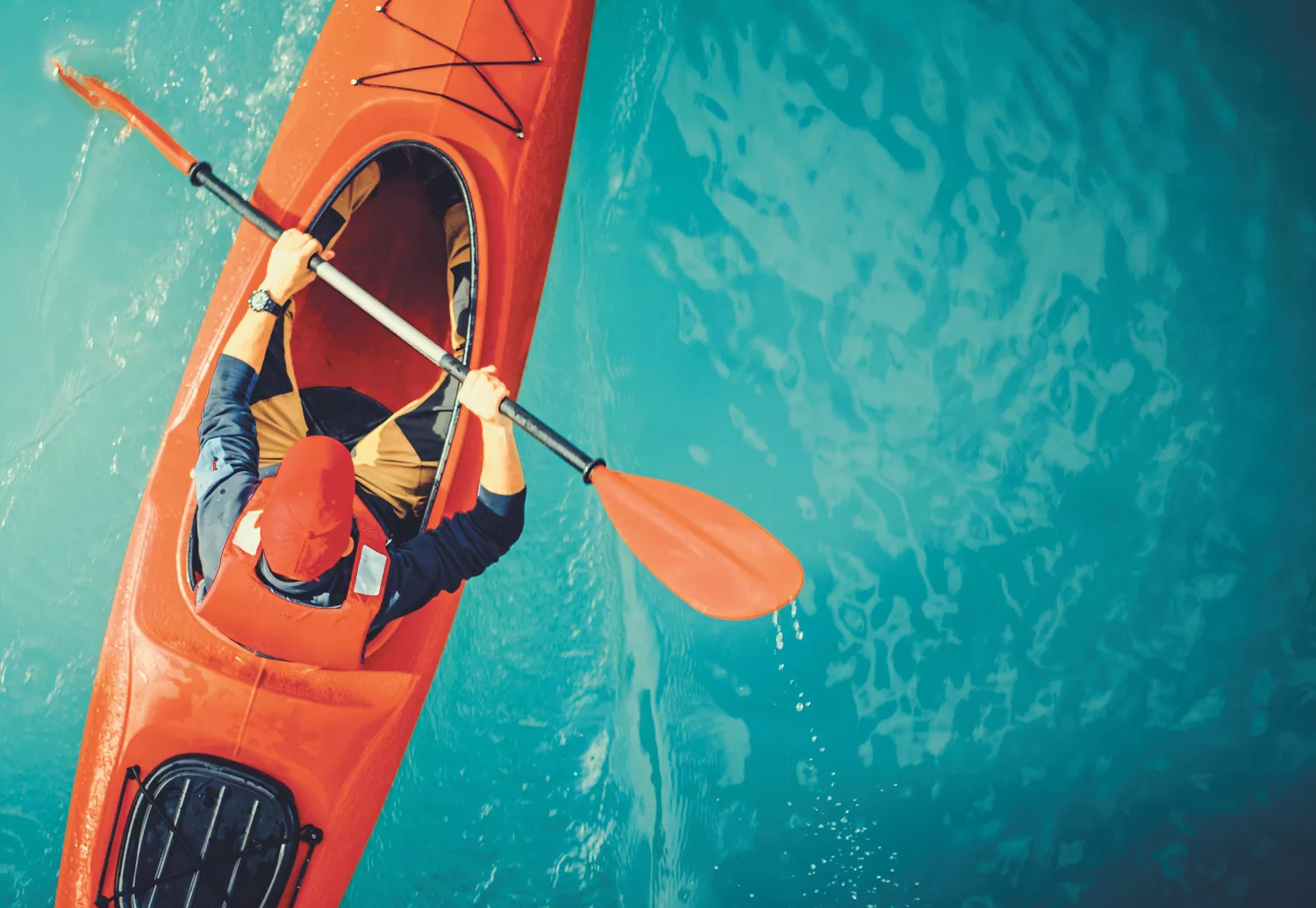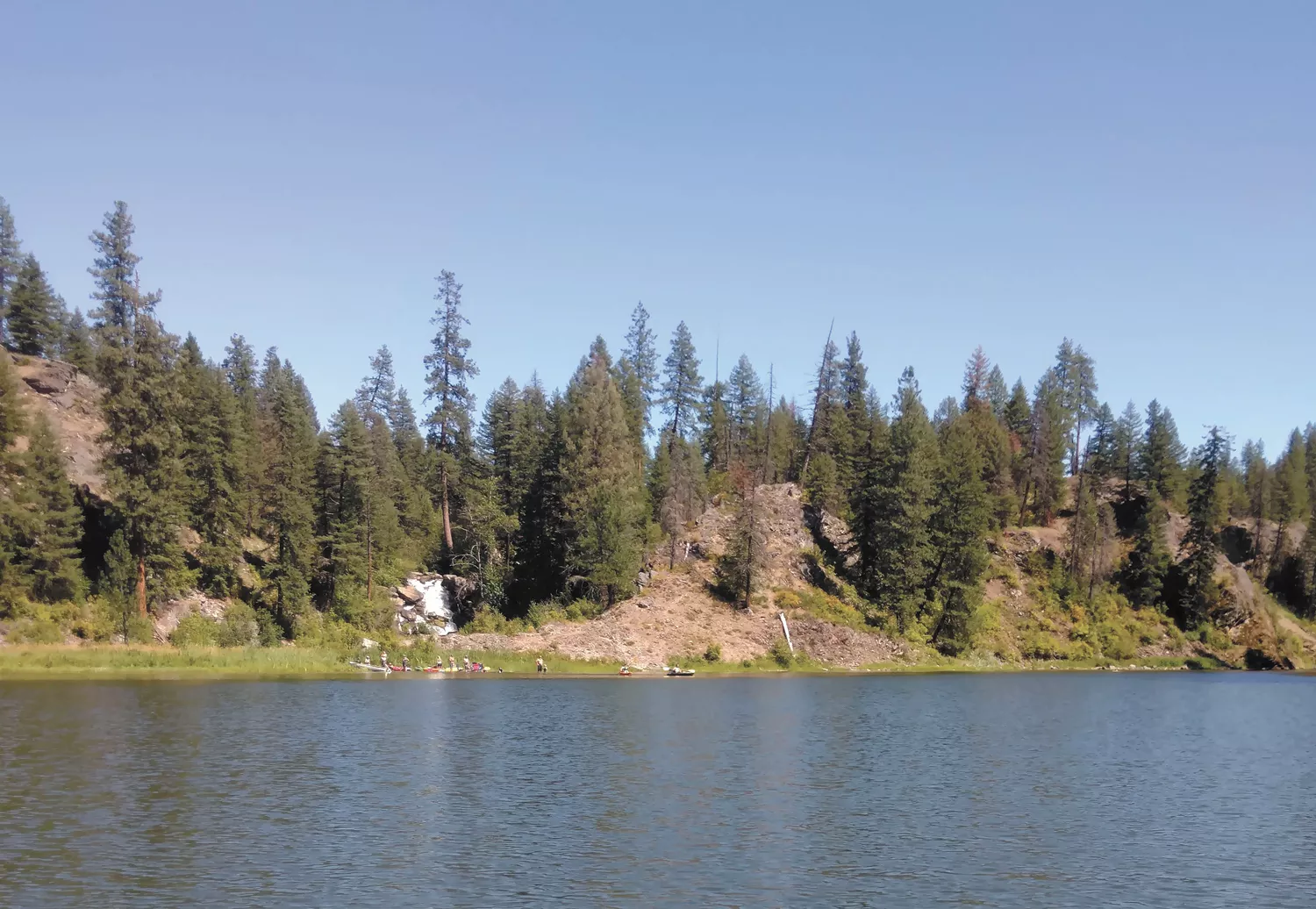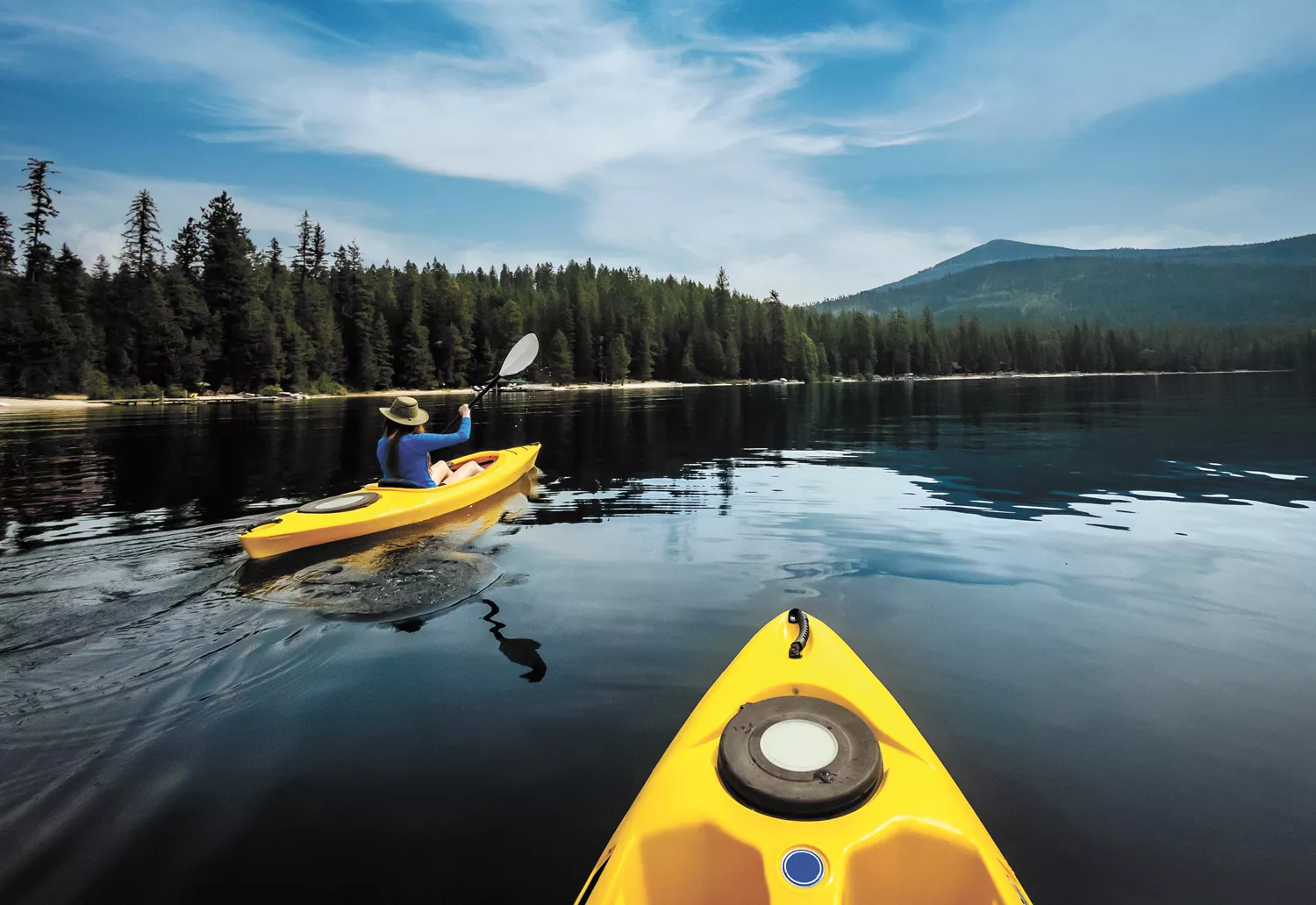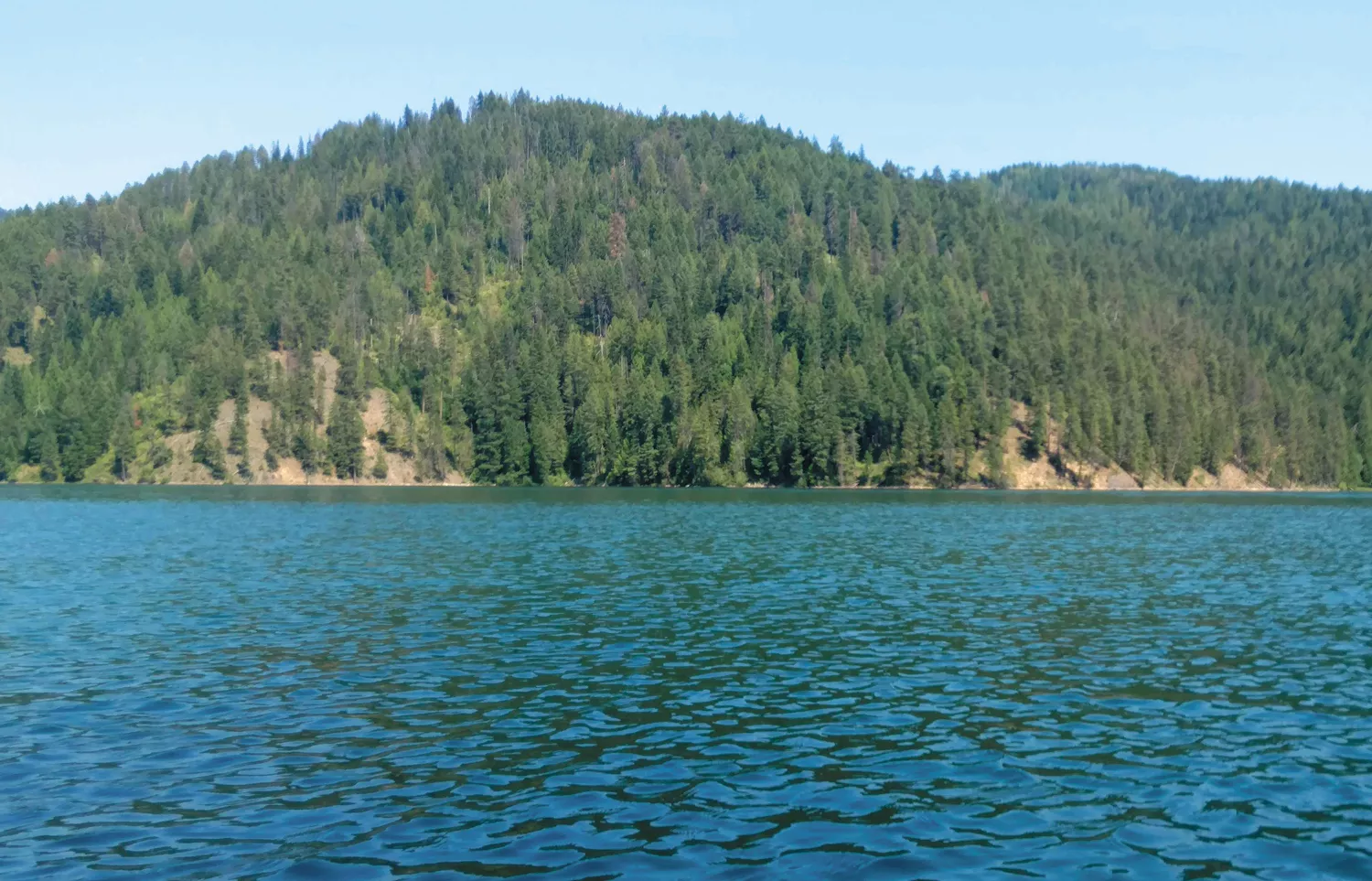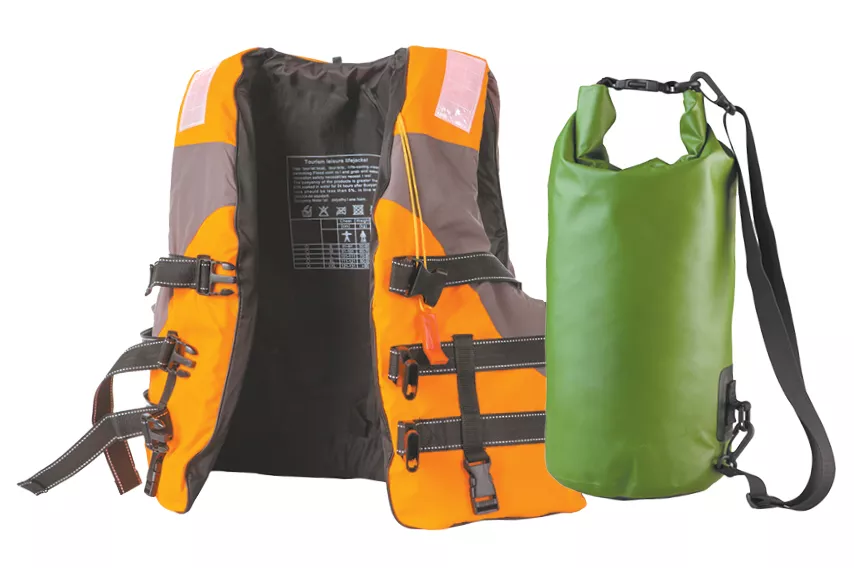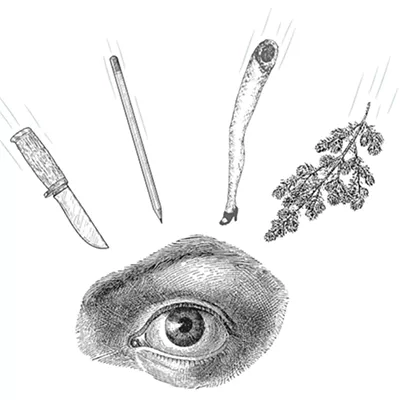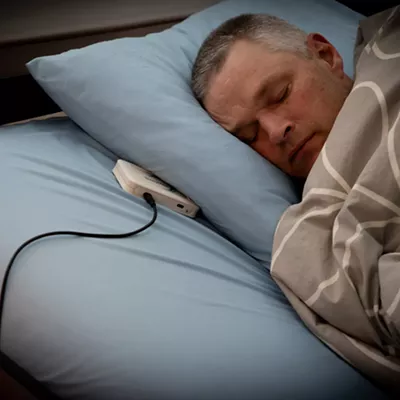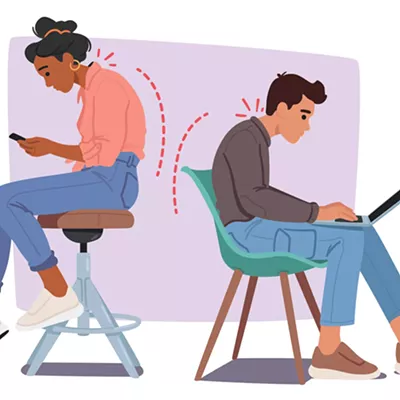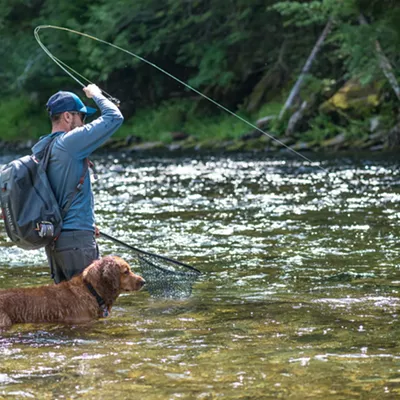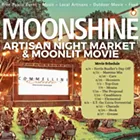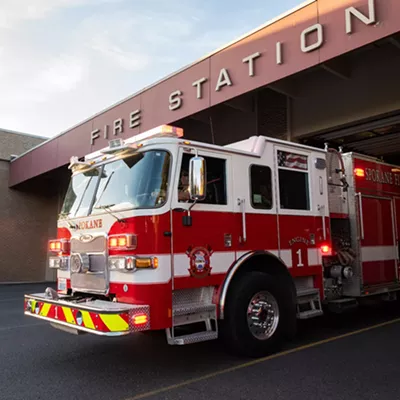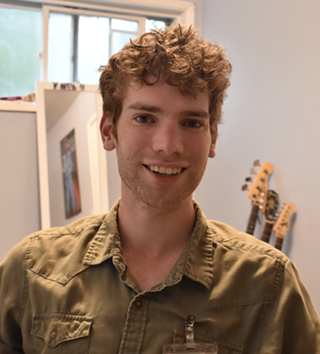The summer heat can be brutal. Thankfully, the Inland Northwest is chock-full of lakes, rivers and streams flush with cool mountain water.
The following spots are all within a couple of hours' drive from Spokane. Some, like the Little Spokane River, are well-known and often crowded. Others, like Bead Lake, are hidden gems. They're all perfect for kayaking, canoeing and stand-up paddleboarding. So pack your sunscreen, block off a sunny afternoon and read on for a roundup of some of the Inland Northwest's best waterways.
Bonnie Lake
BONNIE LAKE
Discover Pass required
Elevation: 1,793 feet
Acres: 327
Distance from Spokane: 38 miles
Bonnie Lake is tucked away in the heart of the desolate Channeled Scablands. No roads lead there, so getting to the lake requires launching a boat at Rock Creek, about 17 miles south of Cheney. From there, paddle up the narrow creek, keeping an eye out for wren nests, a beaver dam and turkey vultures camped out on the canyon walls.
You'll reach Bonnie Lake after about a mile. It's a spectacular, 4-mile-long lake that snakes between imposing basalt cliffs. There's a small island in the middle of the lake, owned by the Bureau of Land Management, where you can take a quick rest stop and soak in the views. Just make sure to watch out for poison ivy.
Washington's Department of Fish & Wildlife describes Bonnie Lake as one of the state's best warm-water fishing lakes — with ample supply of yellow perch, black crappie and largemouth bass.
Little Spokane River
LITTLE SPOKANE RIVER
Discover Pass required
Length: 35 miles
Distance from Spokane: 12 miles
This little river has a big reputation. One of the more popular paddling routes near Spokane, the Little Spokane River Natural Area is managed by Riverside State Park and features scenic views and plenty of wildlife. Swimming is prohibited for environmental reasons, but you can still get an up-close look at the water by taking a kayak or canoe down the 6-mile stretch of river. On a good day, you can expect to see muskrats, osprey, mallards, deer and even a moose if you're lucky.
During the summer, Spokane Parks and Recreation offers regular shuttle service on weekends. Leave your car at the Nine Mile Falls Take-out, and the shuttle will transport you and your watercraft to the St. George's put-in, where your river journey begins. The shuttle costs $10 and runs 10 am to 4 pm between July 2 and Sept. 4. Life jackets are required by law.
Horseshoe Lake
HORSESHOE LAKE
Discover Pass required
Elevation: 1,974 feet
Acres: 128
Distance from Spokane: 34 miles
This small, 128-acre lake is a favorite spot for local kayakers and paddleboarders. There's a 5 mph limit, so sailboats and paddlers don't have to compete with noisy jet skis.
Washington has a lot of U-shaped lakes named after horseshoes. While looking up directions for this one, make sure you choose the Horseshoe Lake near Deer Park — not the one near Cheney.
The boat ramp on the southwest side of the lake is the best place to launch your craft. Paddle northeast to the far side of the lake, and you'll come across the beautiful Exley Falls — a tucked-away waterfall with small pools at the base that are perfect for taking a dip during the warmer months.
Davis Lake
DAVIS LAKE
Discover Pass required
Elevation: 4,550
Acres: 17
Distance from Spokane: 98 miles
If you're looking for a water adventure that's tucked away and far from any urban center, consider Davis Lake. This small, rustic lake is in the Colville National Forest, two-and-a-half hours north of Spokane near the town of Kettle Falls.
Motorized boats aren't allowed, but kayakers and canoers can hit the water through a primitive boat launch on the northeast corner of the lake. There are also four first-come, first-served campsites with picnic tables, fire pits and easy access to the water.
The lake is named for Roll Davis, who built his family homestead there in 1905. Today, the lake is regularly stocked with rainbow trout and other fish.
Fishtrap Lake
FISHTRAP LAKE
Discover Pass required
Elevation: 1,978
Acres: 190
Distance from Spokane: 30 miles
Just 30 miles south of Spokane, this sprawling lake is dotted with wetlands and great for swimming, paddling and exploring. There's a public boat launch on the north side of the lake near Fishtrap Lake Resort, which was built in 1902. From there, you can paddle down to the southern shores, passing historic farmsteads and wetland areas.
The lake is named for the fish traps used by Native Americans, and the lake remains a great spot for fishing today. If you want to take a break from the water, check out the two newly constructed trails that form an 8-mile loop next to the lake, offering impressive views of the lake and spring wildflowers. The site is also great for birdwatching. Wood ducks, goldfinches and hummingbirds are common sights on land, and it's possible to see bald eagles and osprey from out on the water.
Bead Lake
BEAD LAKE
Discover Pass required
Elevation: 2,833
Acres: 718
Distance from Spokane: 58 miles
With 720 acres of water, the largest lake in Pend Oreille County has a lot to offer. Crystal clear waters. Dense ponderosa pines and cedar trees. The west side of the lake is dotted with houses, but the east side's thick, rugged forests make you feel totally alone.
There are a number of ways to get in the cold mountain water. On foot, you can follow a 7-mile trail that runs along the lakeshore, stopping to take a dip where the trail runs up against the shore. For boaters, there's a paid boat launch on the west side of the lake.
Simply Safe
While our region's waterways and lakes are nothing short of spectacular, every year brings heartbreaking stories of water-related tragedies. So it's important to take safety seriously every time you hit the water. Whether you're a newbie or a longtime paddler, a quick safety refresher at the start of the season is a good idea. Paddling.com offers a series of free videos with info on selecting a life jacket, planning your trip, paddling techniques, and what to do if things go awry, like "What happens if I flip?" Check it out at paddling.com/learn/paddle-safety.
By law, boaters — that includes standup paddleboards, kayaks and canoes — must have onboard:
LIFE JACKETS — Wear, or have readily accessible, a life jacket of the "right size and type" for everyone on board.
"A SOUNDING DEVICE" — That's a whistle, horn or bell to help alert others if you find yourself in trouble.
A WHITE NAVIGATION LIGHT — If you'll be paddling between sunset and dawn, you'll need a white light, like a waterproof flashlight.
Tips for Safe Paddling
- Don't overload your boat — most boats indicate how much weight they can safely carry, including you, your passengers and all your gear.
- Be sure the weight is distributed evenly. Unequal weight can make the boat prone to capsizing. Surprisingly, many paddle-craft accidents occur in flatwater when the boater isn't wearing a life jacket and doesn't know how to get back into the boat.
- Label your boat with your name and contact info. The Coast Guard offers free "If Found" decals — email your name and address to iffoundsticker@d13cgaux.net.
- Avoid paddling alone. Share your float plan with someone staying onshore — tell them WHERE you're going, WHO you're with, WHEN you plan to return, and WHAT to do if you're late.
- Check the weather before leaving and be on the lookout for changing conditions.
- Dress to get wet. Remember that water temperatures below 77 degrees can start to affect breathing due to the body's cold shock response. The National Center for Cold Water Safety recommends "thermal protection" clothing like wetsuits and drysuits if water temperatures are 70 degrees or lower. For more info, go to coldwatersafety.org.
- Pack a dry bag. Include your phone, sunscreen and lip balm, a rain jacket, as well as water and snacks. Other helpful items include pocket knife, compass and emergency flare.
— ANNE McGREGOR

